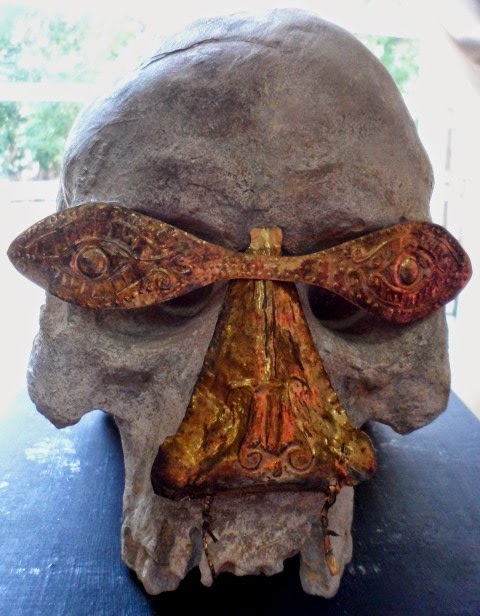 |
| poolside at Ephrathah, photo by Bombette G. Marin |
Farm holidays open
doors to a wonderful country experience where one can meet the locals, enjoy
the food and the whole immersion into a different culture. And you cannot just
get this if you book into a hotel. Farm holidays provide every visitor with
wonderful rural aspects, peaceful location and total relaxation.
In Iloilo, visitors
will sure find some quiet haven to relax, whether it be a mountain resort or a
farm house set in an undulating countryside. Visitors will surely have an
enjoyable family holiday that will remember.
This summer, staying
on a farm or Agri-tourism destination is an entertaining and educational
activity for the whole family and gets you up close with the rural heart of
Iloilo.
Ephrathah Farm in
Barangay Sariri in Badiangan, Iloilo, Engr. Eddie Cańuto employs 52 people, all
locals of the municipality to oversee its 7-hectare organic farm and another 7-
hectare inland resort.
Ephrathah is a
campsite for the youth and retreat area. The farm offers camping opportunities
for educational groups and schools to learn about the local environment. It
also provides opportunities for walking and encourages students to promote
conservation and habitat management. It has separate dormitories for boys and
girls with 7 double-deck beds each with separate communal toilet and bath.
Construction of an Olympic-size swimming pool is on its way and is expected to
be done by the end of 2014 along with its 500 meter zip-line, wall climbing and
rappelling area, boating area for kids, ATV lanes and motorbike trails.
 |
| bedroom good for 3 with private veranda facing the ancestral pond, photo by Bombette G. Marin |
Ephrathah is an
agri-tourism center. The bountiful 7-hectare family farm yields papayas, dragon
fruit, peppers, pumpkins, leafy vegetables, eggplants, rice, organic brown eggs
and other treasures. Rounding out the farm operation, the Cańuto’ sell
Ephrathah juice, a very healthy and refreshing concoction of lemon grass,
ginger, calamansi, malunggay and basil. The farm also offers a different experience
of Ilonggo farm life. By request, the farm also offers seasonal fruit picking
activities in their farm. Bed and Breakfast accommodation on the farm is very
comfortable and all bedrooms are en-suite and decorated to a high standard. For
those who would want to stay overnight, it has eight (8) air-conditioned rooms
that can accommodate a group of 3 persons with its own private toilet and bath,
cable television, wi-fi, its own veranda, free use of pool and breakfast for 2
that run anywhere from P2, 300 to P2, 500.
 |
| the organic restaurant that can accommodate a group of 50, photo by Bombette G. Marin |
Ephrathah is a
wedding destination. It has a pavilion that can cater to 150-200 maximum
persons. A glass chapel is also under construction and is expected to be open
to the public by the end of this year. It also has a restaurant that boast of
organic menu such as steamed tilapia, pork or chicken pinangat, native chicken
binakol, bicol express and chicken or pork sate. The restaurant can cater to a
maximum of 50 persons.
 |
| healthy and refreshing Ephrathah juice, photo by Bombette G. Marin |
The Cańutos’
promotes organic farming with their whole hearts and Mr. Cańuto expects
organic farming to remain strong in the coming years. He believes that Ilonggos
will not only nurture the sector because of its perceived environmental and
social benefits but also because of its expanding market opportunity. And that
by establishing the farm, it will help increase public awareness of
environmental and potential health benefits, better organization and production
techniques and that patronizing organic produce from local farmers will
maintain a healthy environment.
At Ephrathah farm
you will discover peaceful surroundings, wide open views across the fields,
friendly hosts and a relaxing ambience. Indoors we have lovely comfortable
bedrooms, cozy surroundings, delicious food, lovely country walks.
The agricultural
town of Badiangan is situated 40 kilometers from the city. It is politically
subdivided into 31 barangays with a land area of 6,335 hectares. To get to
Ephrathah, one can get a tricycle ride at the Janiuay Public Market. For more
information and reservations please contact (033) 3931090 or at 09054304861.























